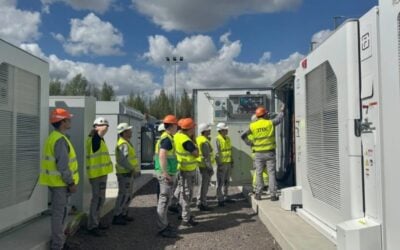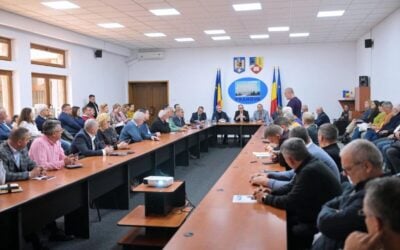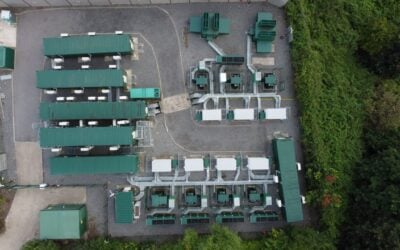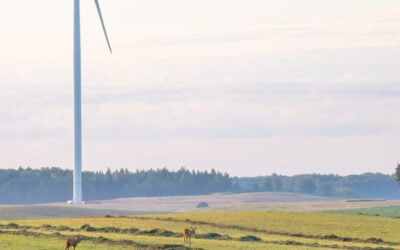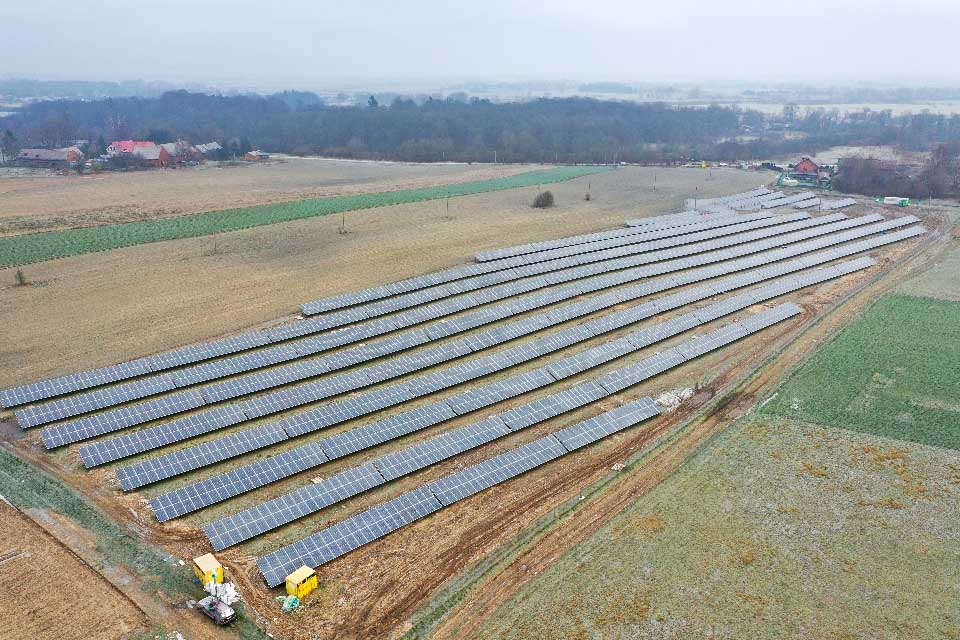
Latvia state-owned utility and power generation firm Latvenergo intends to deploy 250MW/500MWh of BESS in the next five years.
Latvenergo said it will build the battery energy storage system (BESS) projects in response to increasing demand for flexibility and to synergise with its hydropower, gas-fired plants and solar and wind capacities under development.
Enjoy 12 months of exclusive analysis
- Regular insight and analysis of the industry’s biggest developments
- In-depth interviews with the industry’s leading figures
- Annual digital subscription to the PV Tech Power journal
- Discounts on Solar Media’s portfolio of events, in-person and virtual
The first BESS projects are being implemented in Latvia at its own production sites, starting with the ‘smaller-scale’ BESS at the Latvenergo AS CHPP-1 gas-fired power plant, before moving on to larger installations both at that site and at the Latvenergo AS CHPP-2 plant.
Procurement and selection of suppliers for the latter two projects is in progress, while the firm didn’t reveal who has been enlisted for the first, small-scale project. The firm said the deployments will make it a leader in the Baltic region’s BESS industry.
The Baltic region has been a hotspot of BESS activity over the last few years, driven by both increasing renewables and the process of uncoupling from the BRELL electricity grid operated by Russia, and connecting to Continental Europe via Poland. That process was completed just over a fortnight ago.
Large-scale BESS projects in Latvia are being deployed by private developers and operators, including Utilitas Wind and Niam Infrastructure/Evecon, as well as its transmission system operator (TSO) ATS.
Latvenergo CFO Guntars Baļčūns said: “We see huge synergetic benefits arising from our investment in BESS, both for the current generation capacity of Latvenergo and the development of existing renewable energy projects. The innovations and infrastructure of Latvenergo will not only strengthen the security of supply but also the development of the Baltic region.”

